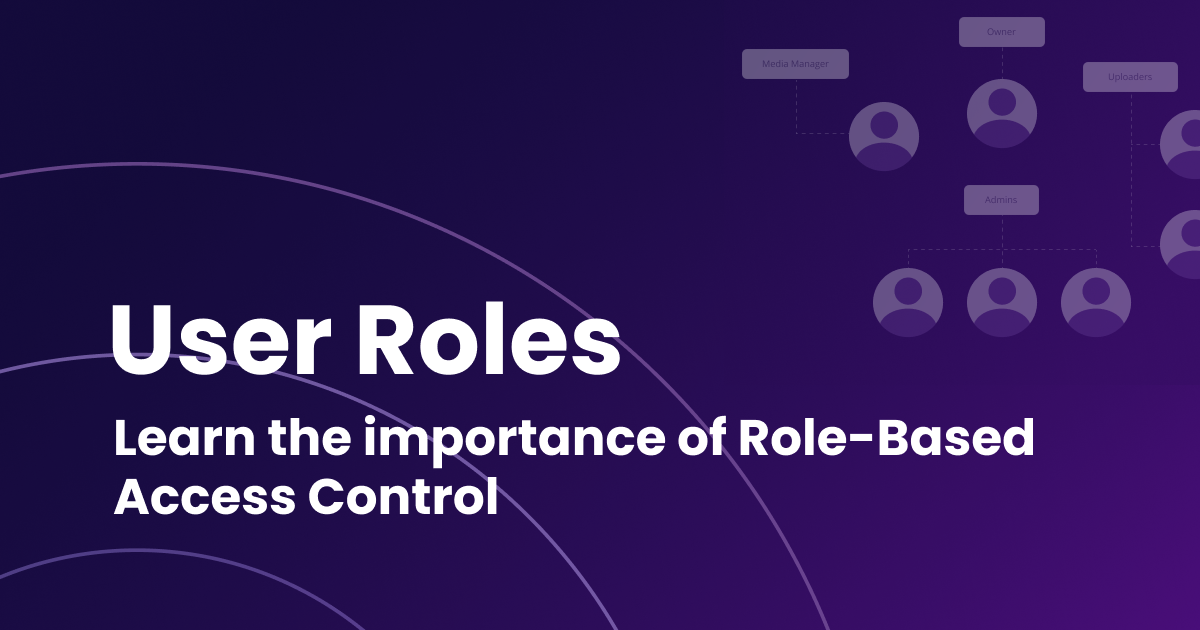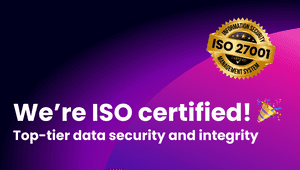In today’s digital landscape, managing who has access to your system is more important than ever. As your team grows and projects become more complex, it’s crucial to have a solid strategy for managing user access. That’s where Role-Based Access Control (RBAC) comes in. At MediaLab, we’ve integrated RBAC into our platform to help you manage user permissions with ease and security. In this blog, we’ll dive into why RBAC is so essential, how we’ve implemented it at MediaLab, and how features like user groups and file-level access give you even more control.
What is RBAC and why does It matter?
Role-Based Access Control (RBAC) lets you manage access by assigning roles to users instead of setting permissions for each individual. This approach saves you time and reduces the risk of errors, all while keeping your data secure. Rather than manually managing every user’s permissions, you can simply assign them a role, and they’ll get the access they need based on that role.
At MediaLab, we use RBAC to help you keep control over who can access your media assets, making it easier to secure your files and ensure that the right people have access to the right information.
How we implement RBAC at MediaLab
Our platform is built around the idea of flexible and secure user management. With RBAC, we offer different roles tailored to meet specific needs:
- Owners: You might have guessed it, but owners own the MediaLab account. They have access to all, including subscription info and SSO-related security settings. Owners are protected accounts and can not be removed.
- Admins: An administrator has full access to the MediaLab account. An administrator can manage the folder structure, upload and share files, but also create new users and manage the available addons.
- Media managers: The media manager has full access to all the media in the MediaLab account. The media manager can also manage the folder structure, upload and share files, but in contrast with the administrator, the media manager is not allowed to manage users, groups nor manage push and pull profiles.
- Uploaders: Uploaders require explicit access to folders, granted by admins. They can browse the folders they have access to, and add new files to these folders.
- Users: Users can view all files available in the assigned folders, but are by default not allowed to download or add new files.
These predefined roles help streamline our clients' user management processes while ensuring optimal security and compliance. But, we know some roles require further customisation. The roles of uploaders and users can be further customized to perfectly fit your needs. Want to know more about our different roles? Take a look here!
Taking it further with user groups and folder-level access
At MediaLab, we’ve gone beyond basic RBAC to give you even more control. With our system, you can create user groups and manage access on a folder-by-folder basis. This extra flexibility ensures that your team gets the right level of access while keeping sensitive data secure.
SSO Synchronization
Managing user roles can become a lot easier when it’s connected to your existing Single Sign-On (SSO) system. At MediaLab, we offer SSO synchronization with providers like Azure and Okta, allowing you to automatically sync user roles directly from your Identity Management platform. This means that any updates to user roles or permissions in your SSO system are reflected in MediaLab, maintaining a centralized control over user management.
By leveraging Conditional Access from your Identity Management Provider, you can add an extra layer of security to your user management process. This ensures that users must meet specific conditions (like being on a secure network or using two-factor authentication) before accessing sensitive files or folders. It’s all about giving you greater flexibility while maintaining tight security across your team’s access points.
User groups for easy team management
Need to organize users into teams or departments? With MediaLab, you can create user groups that make it easy to manage permissions for multiple people at once. Whether it’s the marketing team, sales, or product development, you can set up groups with specific access levels. This way, you don’t have to worry about configuring individual users—just assign them to the right group, and they’ll automatically get the appropriate permissions.
Each group can have its own set of rules, making it simple to keep everything organized. If you’re managing large teams or complex projects, this feature can be a game-changer.
File and folder access control for added security
Not all files are created equal, and some require more protection than others. That’s why MediaLab gives you the ability to control access at the file or folder level. If certain documents need to stay confidential or if you want to restrict access to particular media files, you can set permissions at a more granular level.
This added control means you can fine-tune who has access to what, keeping sensitive data protected while still allowing broader access where appropriate. It’s all about giving you the flexibility to secure your data without slowing your team down. Read more about user access to folders here.
Why RBAC is essential for your team
Having a solid user management system in place isn’t just about keeping things organized—it’s about ensuring that your sensitive data stays safe. By using RBAC, user groups, and file-level access control, you can manage permissions with ease, scale your team without hassle, and maintain a high level of security.
If you made it all the way to the end of this blog, you are ready to your RBAC journey with MediaLab. We’ll get you started! Request a demo and let us show you how to set up the perfect foundation for solid user management.




